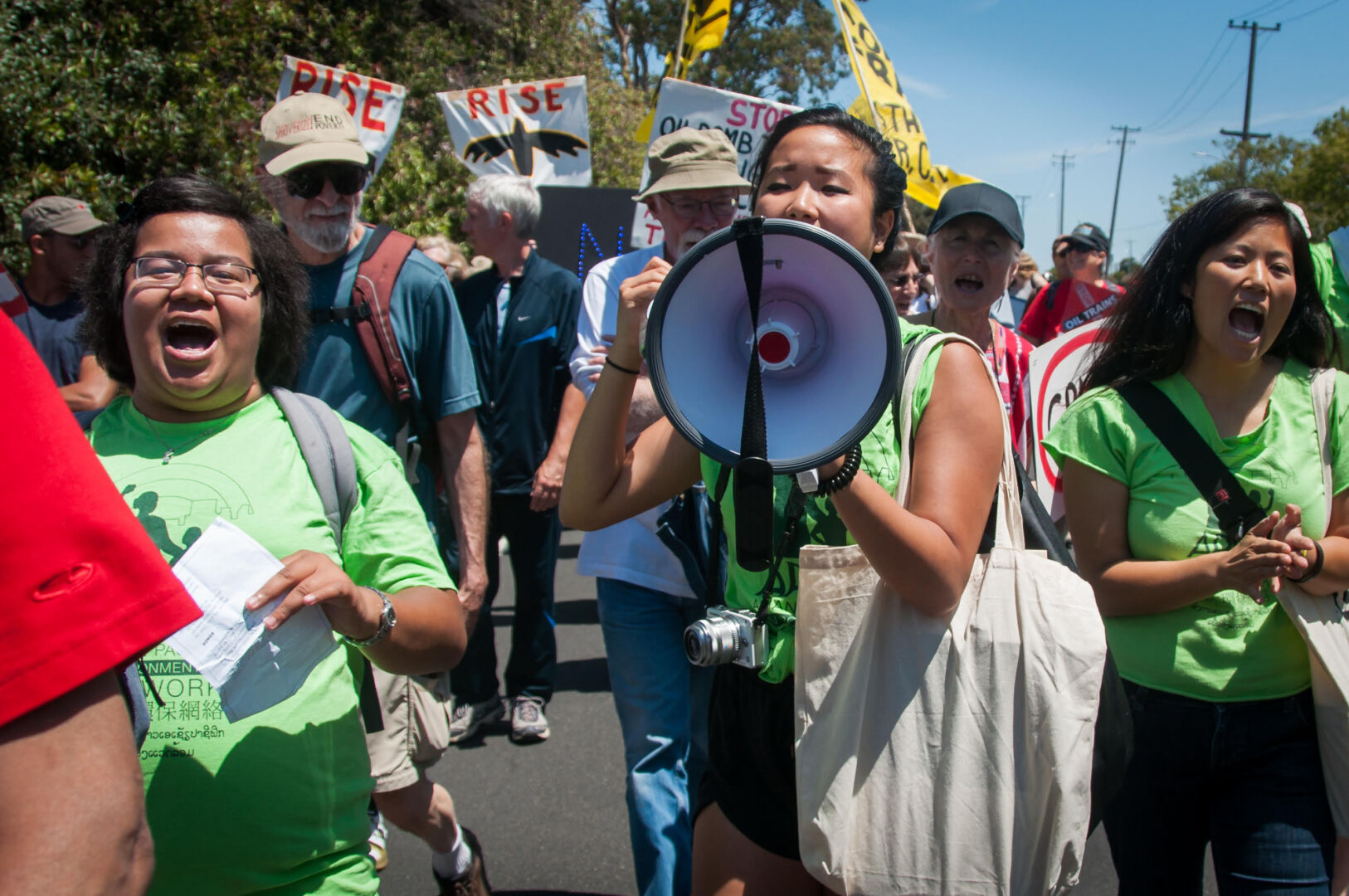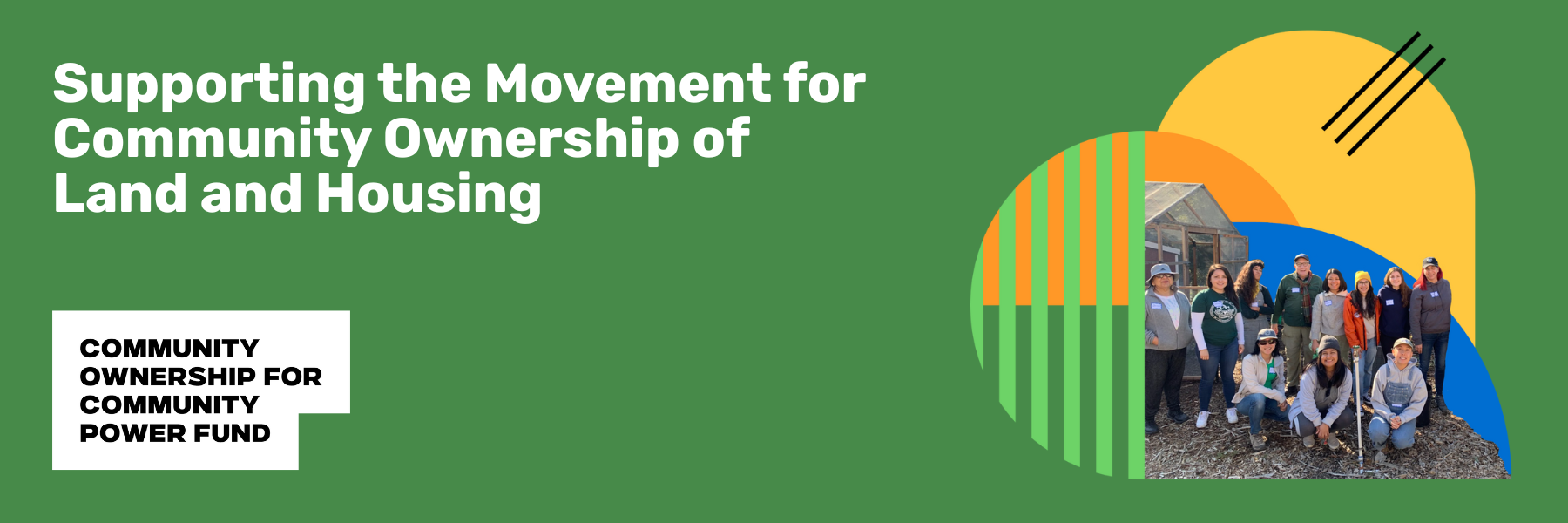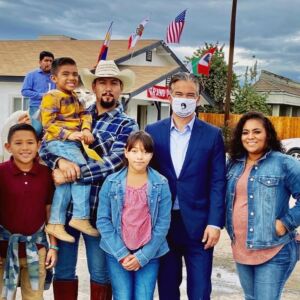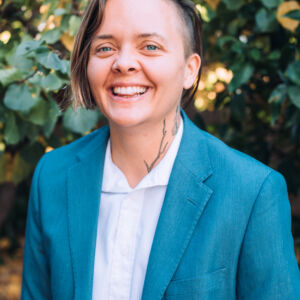Community-Led Philanthropy in Action: The Role of Collaborative Governance

Common Counsel’s commitment to grassroots movements calls on philanthropy to reshape how our sector can serve as a vehicle for structural change by shifting control from funders to frontline leaders. Our role is not just to distribute money, but to redefine how decisions are made, who holds power, and how community expertise drives systemic solutions.
This shift is urgent because philanthropy is perpetually playing catch-up. While movements operate on the leading edge of social and transformational change, traditional funding structures lag behind with outdated decision-making processes that slow down the very work they claim to support. CCF is bridging this gap by transforming our relationship to governance, especially in our pooled funds. Two of our initiatives in California reflect distinct governance approaches that transform how decisions are made and center community leadership, collaborative decision-making, and democratic accountability.

Fund for an Inclusive California
Launched as a philanthropic response to address California’s deepening displacement crisis of BIPOC and low-income communities, Fund for an Inclusive California (F4ICA) was built with a bold vision to shift power and funding toward grassroots organizations leading housing justice efforts. For the last eight years, F4ICA has supported local, regional, and statewide organizing to advance tenant protections and community-driven housing solutions that center the priorities of low-income BIPOC communities and granted a total of $14.5M to 60 organizations across California. Housing justice is not about the physical structure, but how directly impacted people, who bear the brunt of housing inequality and discriminatory housing policies, have agency and voice to determine how their neighborhoods are developed and for whom. It is about ensuring that all people have dignified, well-maintained, affordable homes that support their sense of rootedness and belonging.
Community Organizers at the Helm
Central to F4ICA’s model is a steering committee that equalizes the strategic guidance of funders and community leaders who come from the very communities impacted by housing injustice. This group’s mandate goes beyond participatory grantmaking, as the Steering Committee is the core decision-making structure that determines the fund’s strategic direction, grantmaking priorities, and regional funding approaches. Their insights are crucial in assessing political conditions, identifying ecosystem gaps, and determining how funding can be most impactful. F4ICA recognizes this leadership by compensating for their participation and guaranteeing continued support for organizations represented on the committee, reflecting a trust-based approach that affirms the value of community expertise.
Geographic and Strategic Prioritization
The Committee’s value is especially evident in its ability to contextualize funding decisions. For example, members emphasized the need for investment in historically disinvested communities across the Central Valley and Inland Empire. Community organizations serving these areas, which lack both tenant protections and a robust organizing ecosystem, received focused funding to develop locally anchored leadership and advocacy. In Los Angeles and the Bay Area, members also advised supporting organizations working at the intersection of housing, climate, workers’ rights, and immigrant justice to ensure F4ICA’s funding responds not just to structural gaps, but to community-defined priorities.
Outcomes of Community-Led Solutions
Over the past eight years, our community partners have improved coordination and coalition building, as well as secured impressive and unprecedented wins at the local and state levels, such as:
- First-ever renter protections and tenant unions in the Central Valley and Inland Empire;
- Successful Right to Counsel campaigns that expanded to statewide and national civic engagement;
- Measure ULA, which passed in Los Angeles in the fall of 2022, is raising hundreds of millions of dollars to support a variety of housing programs, including social housing, through a transfer tax on luxury real-estate transactions.
These outcomes are the result of sustainable, long-term funding for communities most impacted by the issue to lead on the solutions.
New Movement Ecosystems
These strategic shifts—driven by the committee—ensure that funding doesn’t just go where it’s safe or visible, but where it’s most needed and most transformative. In places with limited infrastructure and overlapping crises (housing, climate, immigration), F4ICA provides steady, flexible support to organizations that are building people power and strengthening movement ecosystems from the ground up.

Community Ownership for Community Power
While F4ICA shifts ownership and decision-making power in philanthropic grantmaking strategy and practices, the Community Ownership for Community Power Fund (COCP) is focused on shifting control of investment capital, and also shifting the ownership of land and housing by removing them from the speculative market and placing them under community control for permanent affordability. It responds to increasing threats from private equity firms acquiring distressed properties and the chronic undercapitalization of BIPOC-led community ownership efforts. When capital, land, and housing are reclaimed from speculative markets and collectively governed, a new transformative model of housing is created that centers community needs over profit.
Democratizing COCP’s Integrated Capital Fund Design
COCP also aims to shift decision-making power in the broader housing financial system through a co-design process to shape the creation of a soon-to-be community-governed Integrated Capital Fund that will be used for the acquisition of land and housing by community ownership organizations — the first of its kind in California once launched. This intentional co-design process put BIPOC-led community ownership organizations, such as community land trusts and housing cooperatives, at the center of the Fund’s development, as a cohort of community ownership organizations was selected not only to receive capacity-building grants but also to co-lead the Fund’s design. Co-design partners have played an active role in shaping the Fund’s vision, priorities, governance structures, partner institutions, capital parameters, and investment tools. This collaborative approach ensures that capital flows to communities in ways that reflect their self-determined needs and timelines, as well as support permanent housing affordability. It breaks from top-down philanthropy by centering leadership and guidance from organizations rooted in housing and land justice movements, and pushes beyond the norm by engaging with philanthropic investment capital — a significant pool of resources that movement actors do not often access.
Tailored, Community-Governed Capital
Targeting a first $20-25M raise for a pilot round of funding and $100+M in the long term, the Integrated Capital Fund will deploy a combination of grants, recoverable capital, and low-cost patient investments. A suite of financial products has been crafted to meet the unique project needs and timelines faced by community ownership groups, who must act quickly to compete with speculators but lack upfront equity or credit history. A community-led Governing Board will make high-level policies for the fund, and a community-led Investment Committee will make the final decisions on which projects are selected to receive funding. By shifting decision-making power to community ownership organizations and advocates over both the design of the Fund’s financial products and ultimate deployment of capital, the Fund ensures that capital flows to those who need it most and in forms they can actually use.
Reframing Housing
COCP views housing not merely as shelter, but as a vehicle for community self-determination, wealth building, and reparative justice. By promoting permanent affordability and collective governance, it reframes housing not as a commodity, but as a form of community wealth. COCP’s structure challenges traditional philanthropy in three powerful ways:
- Designing with Communities: Ensuring funding tools reflect the realities of BIPOC-led community ownership housing efforts.
- Distributing Power: Intentionally sharing governance with those often excluded from financial decision-making and locked out of accessing capital.
- Practicing Reparative Justice: Building community wealth, stability, and ownership in historically marginalized communities.
A New Model for Philanthropy
Both F4ICA and COCP prove that when communities lead—not just in voice, but in structure—lasting transformation becomes possible. These initiatives reflect a deeper reimagining of philanthropy. In order to be accountable to movements, structural shifts in power are required, not just programmatic interventions. These community-led approaches exemplify how philanthropy can shift from having transactional to transformative relationships with the field, rooted in solidarity and shared governance. By centering equity, self-determination, and structural transformation, both initiatives are creating new models that reshape the philanthropic landscape.
Our initiatives are not simply grantmaking vehicles, but are proof of concept for a new kind of philanthropy. There are a number of ways you can help expand and support this critical work. Please reach out to Emily Duma at [email protected] if you would like to:
- Invest: Support our community-governed models.
- Explore: Seek other ways to partner or collaborate.
- Adopt: Learn more about our community-led models and incorporate learnings into your collaborative fund structure.




